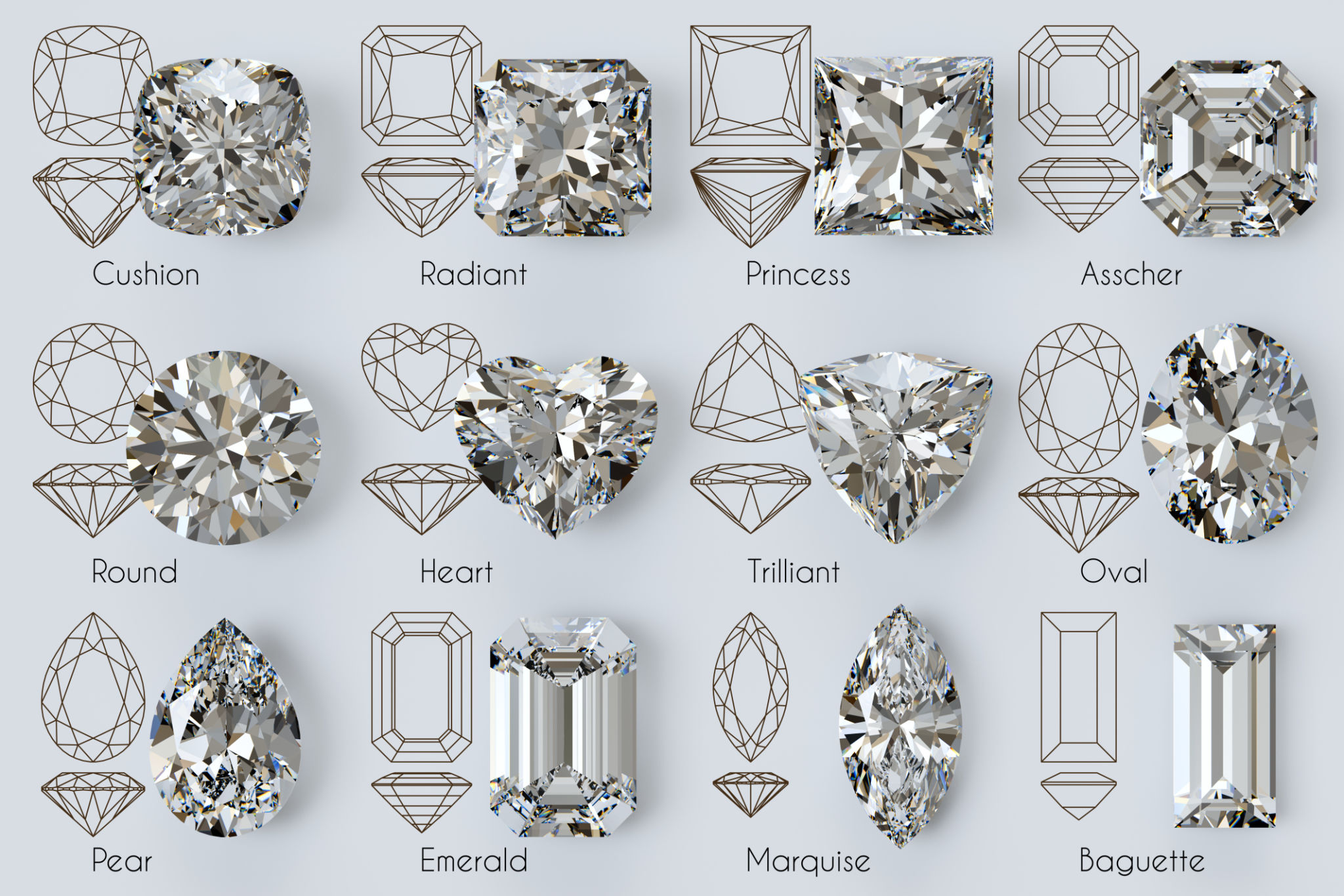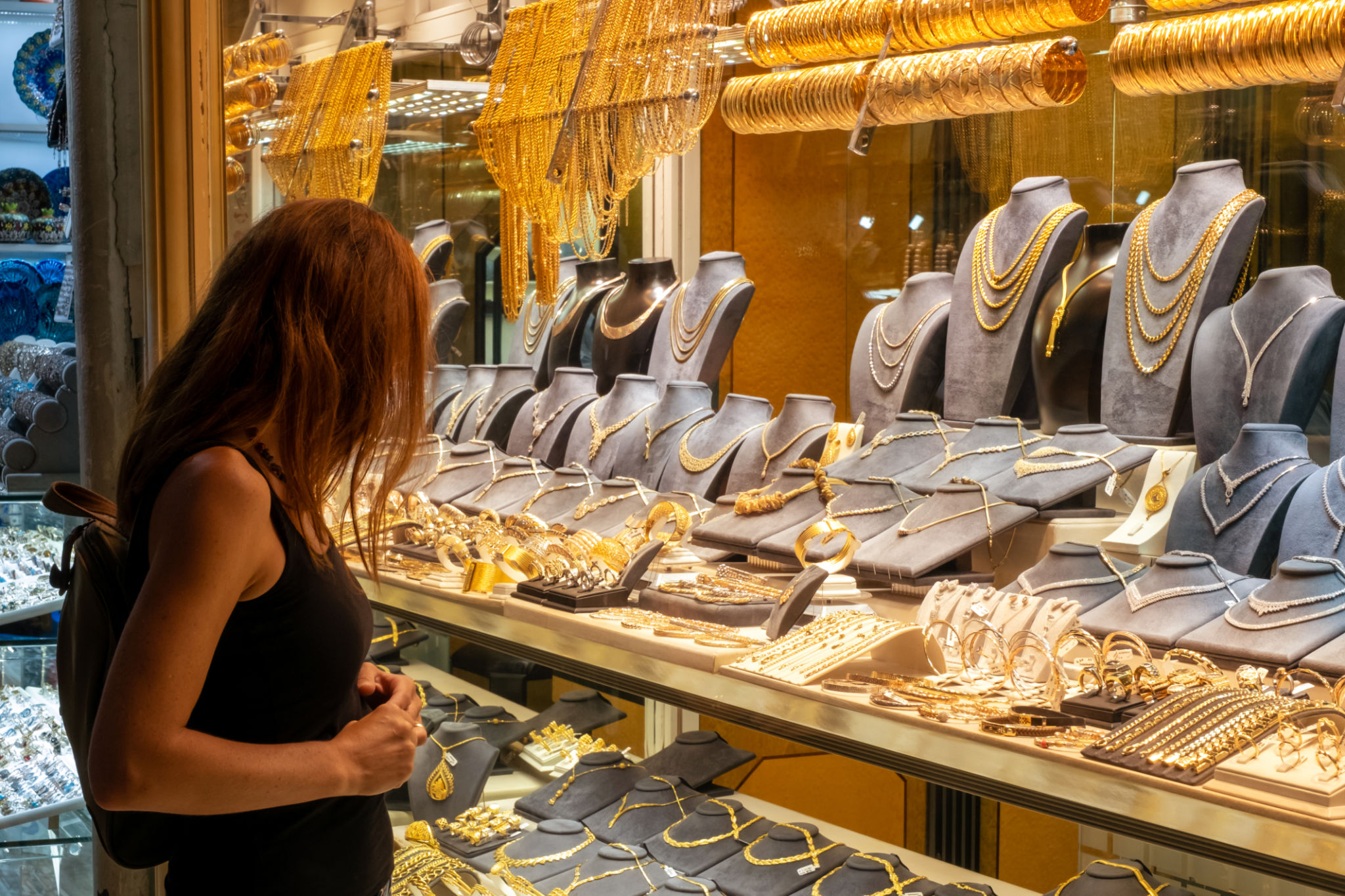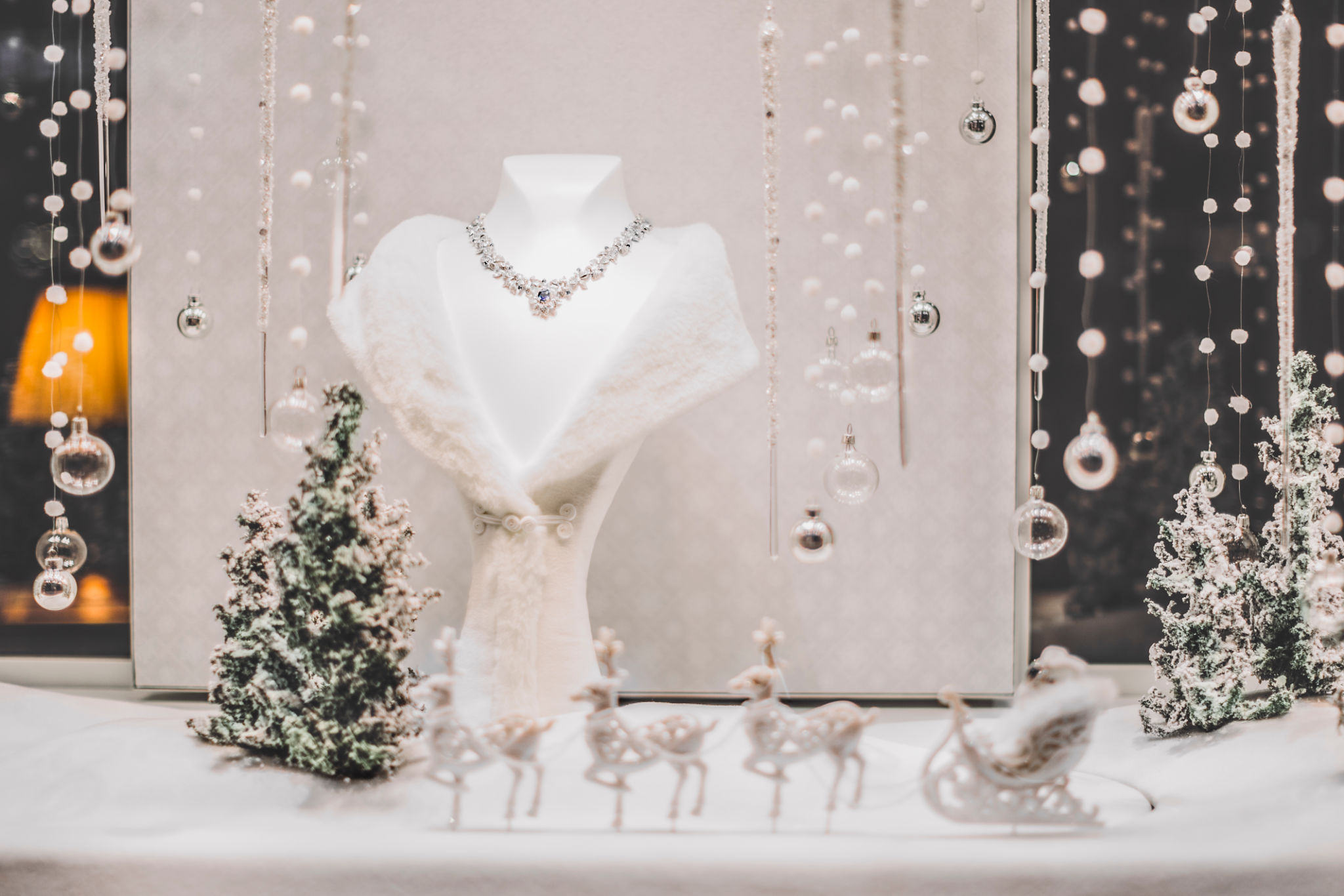How to Choose the Perfect Diamond: A Comprehensive Guide
Understanding the Four Cs of Diamonds
When selecting the perfect diamond, it's essential to understand the Four Cs: Cut, Color, Clarity, and Carat weight. These characteristics determine a diamond's overall quality and value. The Cut refers to how well the diamond has been shaped and faceted, which affects its brilliance and sparkle. A well-cut diamond will reflect light beautifully, making it more visually appealing.
Color is another crucial factor, with diamonds ranging from colorless to shades of yellow or brown. The less color a diamond has, the more valuable it generally is. Clarity assesses the presence of internal or external imperfections, known as inclusions and blemishes, respectively. Finally, Carat weight measures the size of the diamond. Larger diamonds are rarer and often more desirable.

Choosing the Right Shape
Beyond the Four Cs, the shape of a diamond is a matter of personal preference but also influences the stone's overall appearance. Popular shapes include round, princess, oval, and emerald. Each shape has its unique characteristics and appeal. For instance, round diamonds are renowned for their brilliance and versatility, while princess cuts offer a modern and sophisticated look.
Consider how the shape complements your personal style or that of the person who will wear it. Some shapes are better suited for certain settings and designs, so it's important to envision how the diamond will be incorporated into jewelry.

Setting a Budget
Before you begin shopping for a diamond, establish a budget that aligns with your financial situation. Determining a budget will help narrow down your options and prevent overspending. Keep in mind that while larger carat weights can increase costs significantly, focusing on other factors like cut and clarity may offer more value for your money.
Consider what aspects are most important to you and where you are willing to compromise. For instance, if size is not your main concern, investing in a smaller diamond with exceptional cut or color might be more satisfying in the long run.
Selecting a Reputable Jeweler
Finding a reputable jeweler is crucial when purchasing a diamond. Look for jewelers who are well-regarded and have positive customer reviews. A trustworthy jeweler will provide you with a grading report from a recognized gemological laboratory, ensuring you understand exactly what you're purchasing.

Evaluating Certification and Documentation
Always request certification when buying a diamond. Certificates from reputable institutions like the Gemological Institute of America (GIA) or the American Gem Society (AGS) provide an unbiased assessment of the diamond's quality based on the Four Cs.
This documentation is essential not only for verifying the diamond's characteristics but also for insurance purposes. Ensure that all documentation is up-to-date and corresponds with the jeweler's description of the diamond.
Considering Ethical Sourcing
In recent years, ethical sourcing has become an increasingly important factor for many diamond buyers. Ensure that your diamond is conflict-free by asking your jeweler about their sourcing practices. Many jewelers now offer diamonds that adhere to the Kimberley Process, which aims to prevent conflict diamonds from entering the market.

Trusting Your Instincts
Ultimately, choosing a diamond is a personal decision that should feel right to you. Trust your instincts and take your time to find the perfect stone that resonates with your style and values. Remember that this purchase is an investment not only financially but also emotionally.
Whether you're buying a diamond for yourself or as a gift for someone special, the right choice will bring joy and lasting memories for years to come.
